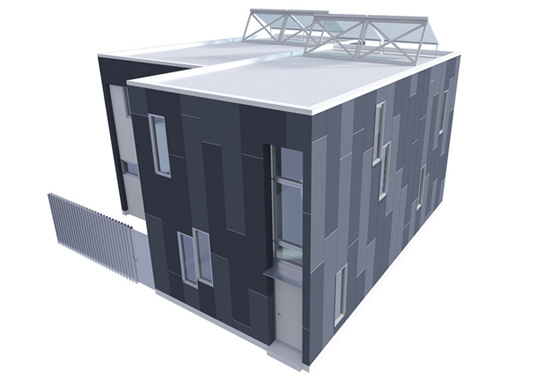I just finished reading an article on the Wall Street Journal’s site about the green building movement and the practical issues faced with training professionals and navigating an unstable and untested market. As a design profesisonal who keeps putting off his LEED exam in favor of other equally worthy endeavors, this article hit home. The problem with green building right now is that the market is so new and untested both for professionals and for the products. The article describes a situation similar to one I recently faced at work. An architect specified a Green product that ended up not being reliably available which caused delays and impacted budget. In the end litigation was reached. Fortunately, in my situation we were able to determine that the LEED point was unattainable even with the specified product, and that we were well within our target status (silver) so a non-LEED approved solution was found which allowed the budget and schedule not to be impacted.
This type of problem is rare in proven markets, when was the last time you heard that concrete or brick was not available? And when they are not, an alternative product usually exists and can be used without detriment to the project. The problem with the current state of Green products is that in some divisions (parts of the construction trade) there may few choices that help qualify for points, and each choice can qualify for differing points, so an alternative product may be the same monetary cost but may cause you to lose LEED credits. All of this coordination (and possible legal exposure) is one of the main reasons that LEED projects demand a high premium on the design fees.
The other major reason for the premium that LEED projects (or Green projects in general) carry (besides the increasing demand) is that the supply of trained professionals is just not enough to keep up with the demand yet. The LEED exam, while well within reach for anyone who is good at wrote memorization, is a barrier for many to achieving LEED-AP (Accredited Professional) status. In my case, every time I start to study for the exam something more germane to my career comes up. The first time it was focusing on completing my IDP, now I am preoccupied with studying for my licensing exams. Once I finish those, I am sure I will be concerned with getting my continuing education credits. Now I know these don’t take up all my time, but as opposed to when I was a student, I have more pressing things to do in my free time than read and memorize a 500 page book for instant recall. I guess the point I’m trying to make here is that, yes professionals know that we SHOULD get accredited, but until it becomes a necessity of our field, or we are offered increased compensation for our accreditation, I have a had time believing that supply of LEED accredited professionals will catch up with demand.
